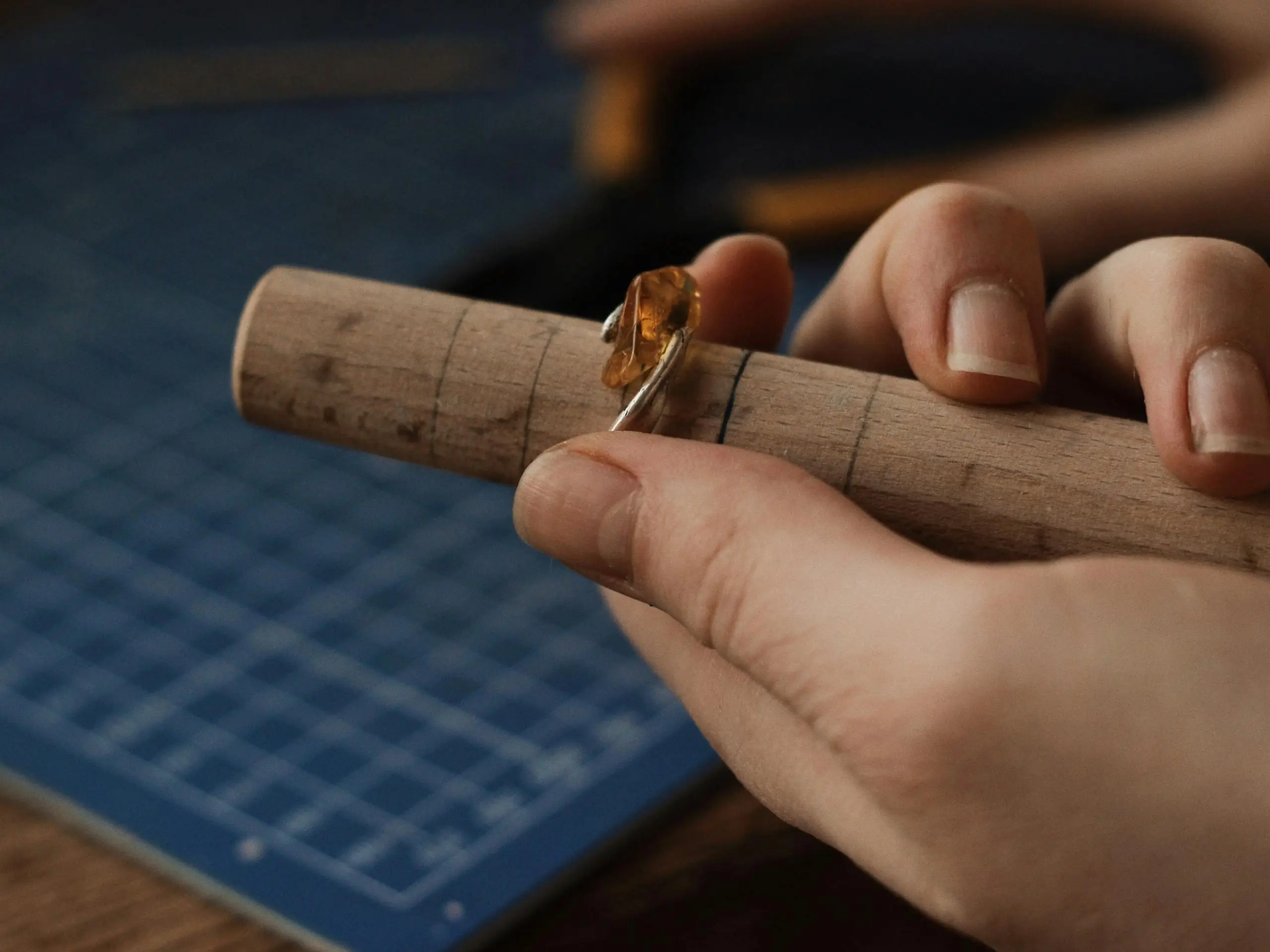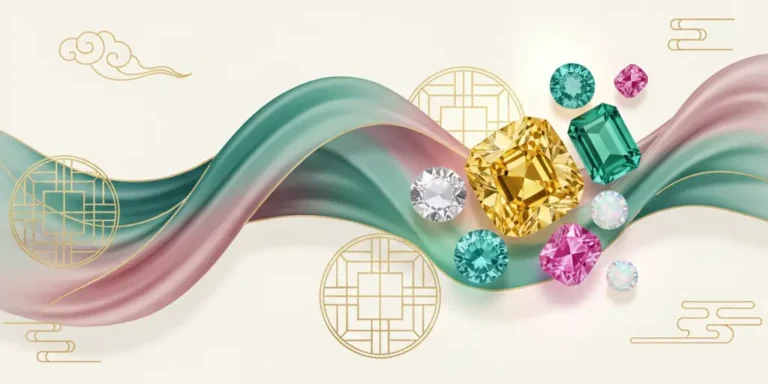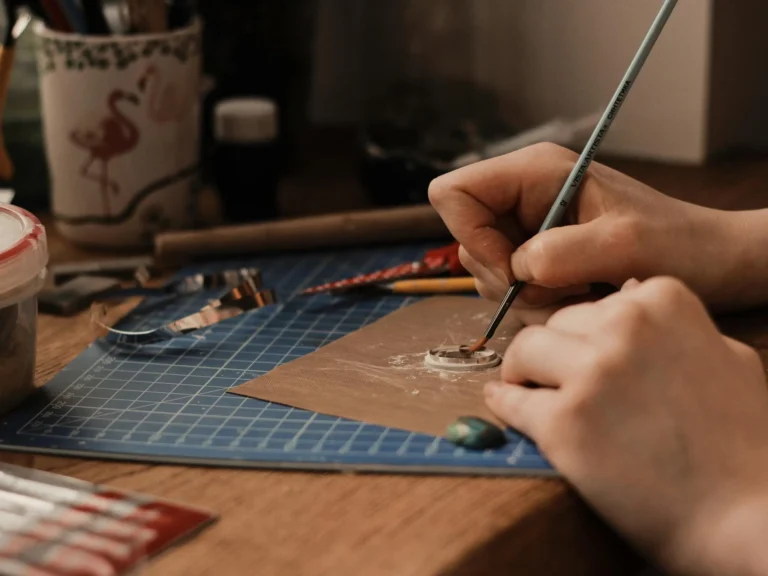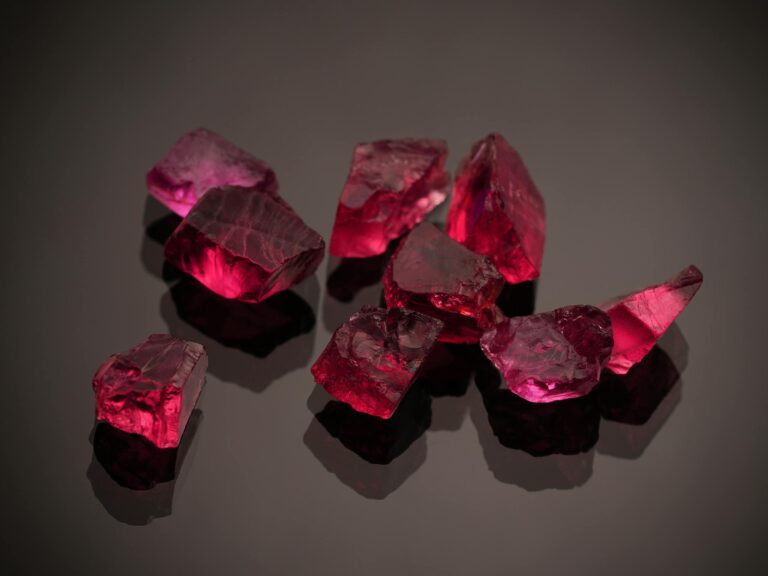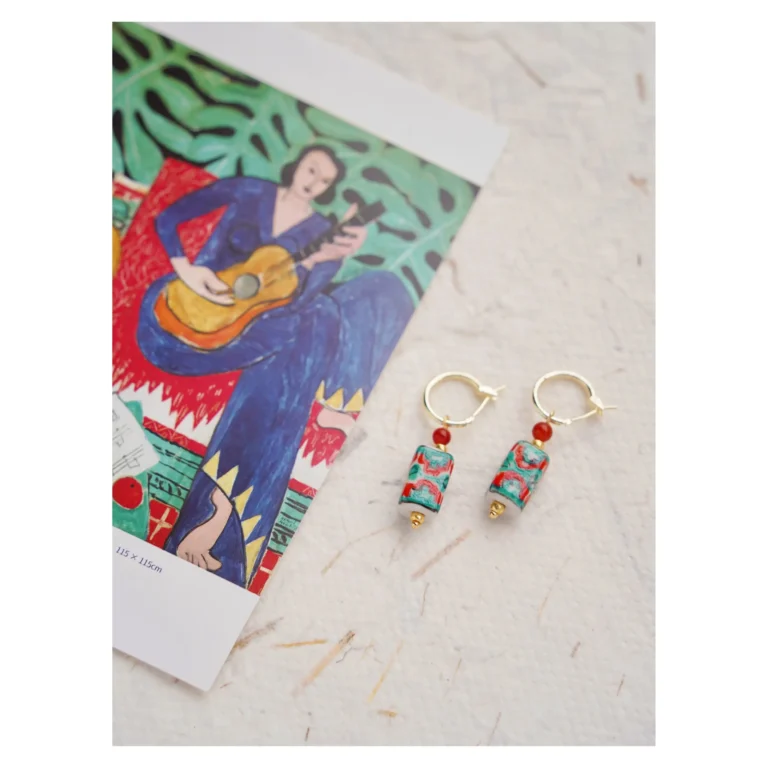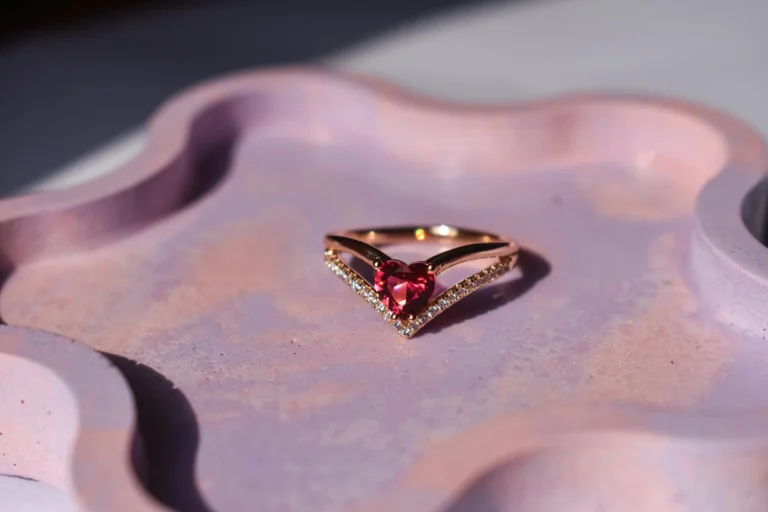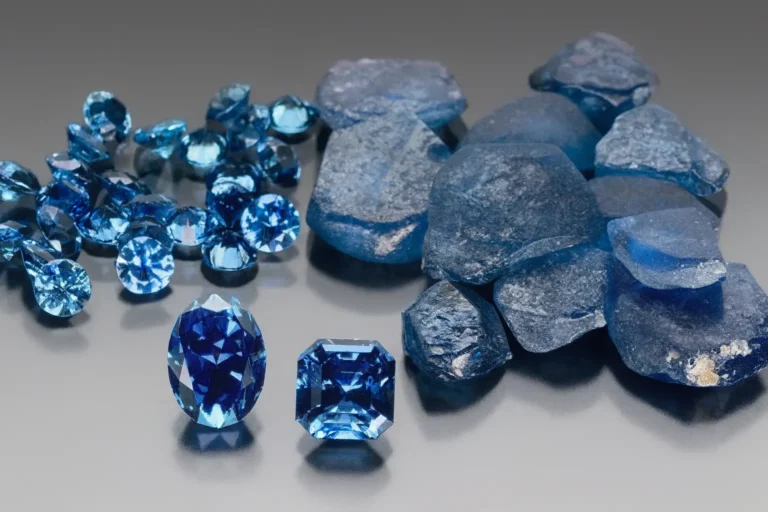Jewelry Size Guide for Women – Measure Rings, Bracelets, Necklaces & Earrings at Home
Curious how a 1-carat diamond ring compares to a 0.5-carat one? Or what bracelet size, necklace length, or earring diameter really suits you? This Women’s Jewelry Size Guide breaks it all down with simple tips and clear visuals—helping you measure ring size, find your perfect fit, and choose jewelry confidently before buying or customizing.
Table of Contents – Women’s Jewelry Size Guide:
Ring – Women’s Jewelry Size Guide
- How to Measure Your Ring Size at Home
- Method 1: The Paper Strip Method
- Method 2: The Ruler or Caliper Method
- Choosing the Right Ring Width
- Understanding Ring Band Shapes
Bracelet – Women’s Jewelry Size Guide
- How to Measure Your Bracelet Size at Home
- Step-by-Step Bracelet Measurement
- How to Put On a Bangle Bracelet
Necklace – Women’s Jewelry Size Guide
- How to Choose the Right Necklace Length
- Pearl Necklace Length and Styling Tips
- Related Articles for Necklace Pairing Inspiration
Earring and Diamond Size Guide: Choosing the Right Studs, Shapes, and Metal Finishes
- Earring Size Matters – Women’s Jewelry Size Guide
- Diamond Size Comparison – Women’s Jewelry Size Guide for Custom Jewelry
- 1.Round Cut Diamond Size Comparison
- 2. Princess Cut Diamond Size Comparison
- 3. Marquise Cut Diamond Size Comparison
- 4. Cushion Cut Diamond Size Comparison
- 5. Radiant Cut Diamond Size Comparison
- 6. Pear-Shaped Diamond Size Comparison
- 7. Oval Cut Diamond Size Comparison
- 8. Asscher Cut Diamond Size Comparison
- Diamond Color Grading Explained
- Know Your Metals Before Customizing Jewelry
- Polished Metal Finish Comparison
- Matte Metal Finish Comparison
- Textured Metal Crafting Techniques
Find Your Perfect Fit with the Women’s Jewelry Size Guide
Ring – Women’s Jewelry Size Guide
How to Measure Your Ring Size at Home
When shopping for rings online, one of the most confusing parts is choosing the right ring size. If it’s too loose, it can slip off easily; if it’s too tight, it may restrict blood circulation and even hurt your finger. No matter how beautiful the ring looks, the wrong size can completely ruin the experience.
To help you avoid that, here are two simple and accurate methods to measure your ring size at home—no special tools required.
Before you begin, it’s helpful to understand how the ring’s inner diameter and your finger circumference correspond to standard ring sizes.

Method 1: The Paper Strip Method
This is the easiest and most common way to find your size.
- Cut a small strip of paper about 1 cm wide.
- Wrap it snugly around the finger where you plan to wear your ring.
- Mark the point where the paper overlaps with a pen.
- Unroll the paper and measure the length with a ruler in millimeters.
- Compare the measured length to a ring size chart to find your ideal size.
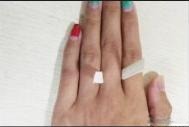
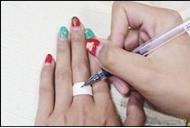
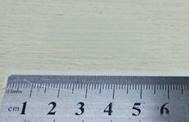
This method gives a reliable measurement of your finger circumference, especially if done a few times for consistency.
Method 2: The Ruler or Caliper Method
- Using a Vernier Caliper: Clamp the vernier caliper around your finger — the reading on the scale shows your finger’s diameter.
- Using a ruler: As shown in the image below, look vertically downward along the arrow mark — that measurement indicates your finger’s diameter.
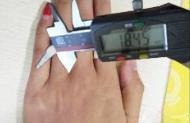
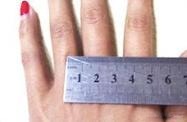
If you already have a ring that fits comfortably, you can measure it directly.Once you have the diameter, refer to a ring size conversion chart to determine your exact size.
Choosing the Right Ring Width
Do you prefer a minimalist, dainty look or a bold, statement style? Apart from gemstone size, the width of the ring band plays a major role in how a ring appears on your hand.
- Narrow bands create a delicate and refined effect—ideal for everyday wear or stacking.
- Wide bands offer a more modern and powerful appearance, perfect for statement jewelry.
If you’re unsure which style suits you best, compare different ring widths visually (see reference chart below).
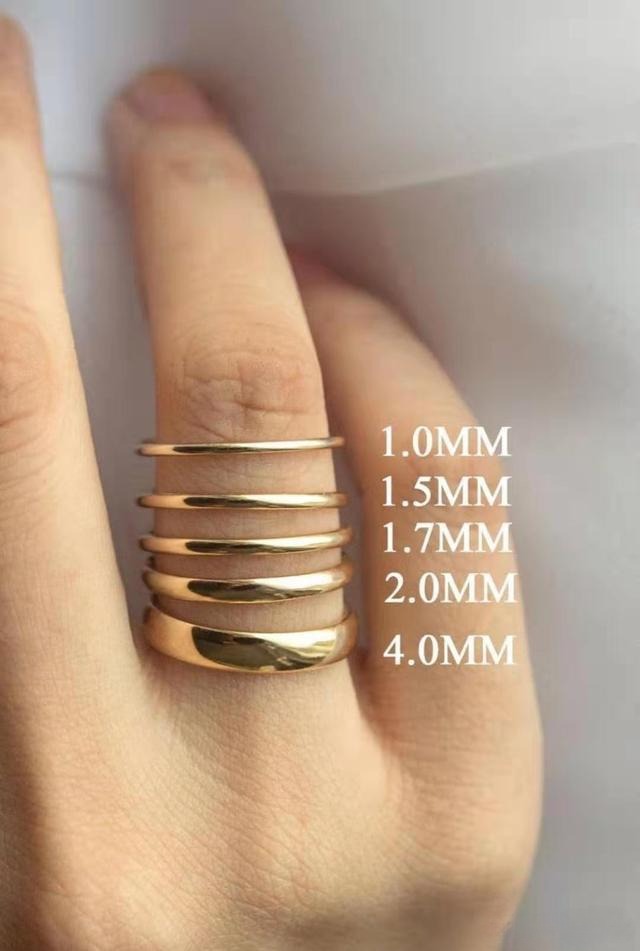
Understanding Ring Band Shapes
When it comes to simple solitaire designs, the shape of the ring band is equally important. The band profile affects comfort and the way light interacts with your jewelry.
Common shapes include:
- Flat band: Modern and sleek, often used in minimalist designs.
- Rounded band: Comfortable and classic, suitable for daily wear.
- Half-round or comfort-fit band: Slightly curved on the inside for a smoother fit.
Take a look at the diagram below to see how different ring band shapes can subtly change the ring’s overall look and comfort.
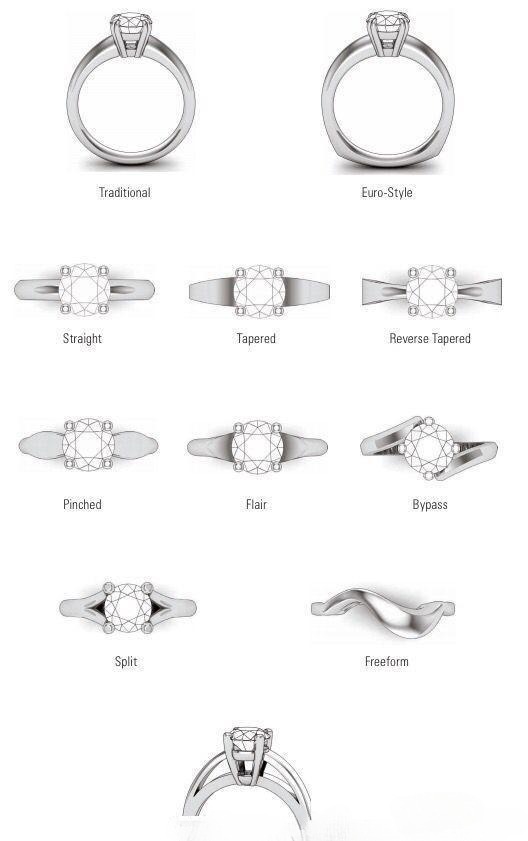
Bracelet – Women’s Jewelry Size Guide
How to Measure Your Bracelet Size at Home
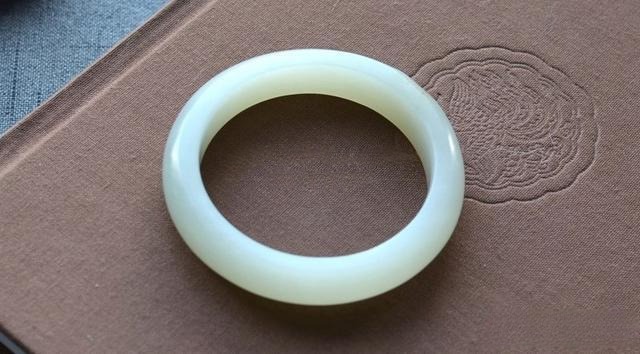
Among all types of jewelry, bracelets and bangles have always held a special place in women’s hearts. They’re elegant, timeless, and often carry sentimental meaning. The image above shows a custom Peonyjewels bangle made from Xinjiang Hetian jade, crafted from aged mature seed material.
For more insights into custom jewelry craftsmanship and the artistry behind every Peonyjewels creation, explore:
The Ultimate Guide to Custom Jewelry: A Deep Dive into the Process, From Design to Finish (Featuring Handcrafted Vintage Earrings & Lost-Wax Casting)
However, choosing the right bracelet size is absolutely crucial. If the opening is too small, it may be difficult—or even impossible—to slip on or take off. If it’s too large, the bracelet might slip off your wrist with just a shake of your hand.
When buying jewelry online, most people don’t know their exact bracelet size and may not want to visit a jewelry store just to measure it. So how can you find your perfect fit? Here’s a simple bracelet size guide that shows you how to measure your wrist accurately at home.
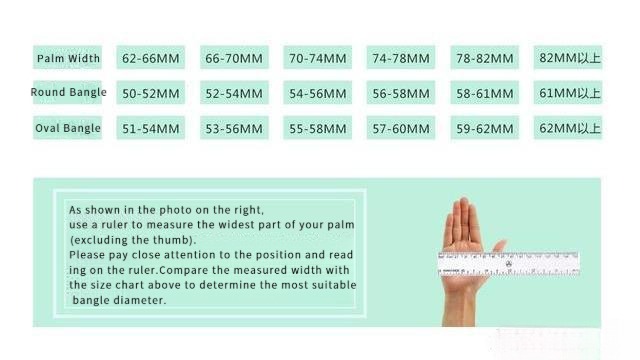
Step-by-Step Bracelet Measurement
- Use a flexible tape measure or a strip of paper.
- Wrap it around the widest part of your hand (usually around your knuckles or thumb joint).
- Mark the point where the paper overlaps.
- Unroll and measure the length in millimeters.
- Compare the result with a bracelet size chart to find your ideal bangle diameter.
💡 Tip: Depending on how flexible or bony your wrist is, you can slightly adjust your size—reduce about 1 mm for a snug fit or add 1–2 mm for a looser fit.
Please note that these methods serve as a general reference. If you have unique wrist proportions or prefer a specific fit, it’s always best to visit a local jeweler for an accurate measurement.
How to Put On a Bangle Bracelet
Wearing a bangle isn’t just about size—it’s also about technique. To avoid injury or damage, follow these steps for a safe and easy fit:
- Best time to wear: Morning is ideal, when your hands are least swollen and your body feels most relaxed.
- Get some help: Ask someone to assist you. Place your hand flat on a table, fingers pointed upward—just like a student raising their hand in class.
- Apply lubricant: Use dish soap or hand wash to lubricate your hand thoroughly.
- Slide the bangle: Have your helper gently hold your knuckles together while you guide the bracelet downward. As it reaches the base of your thumb, apply slight pressure—it should slide on smoothly!
With this technique, you can wear your bracelet easily without forcing it or risking getting stuck.
Necklace – Women’s Jewelry Size Guide
How to Choose the Right Necklace Length
When buying jewelry, one of the most common questions is: What necklace length should I choose?
Different necklace lengths create completely different looks on your neckline. Choosing the right length depends on your neck size, body shape, height, and the style you want to achieve.
Finding your perfect length helps balance proportions and highlight your personality—whether you prefer a minimal everyday look or an elegant layered style.
👉 See the reference chart below to visualize how each necklace length sits on the body.
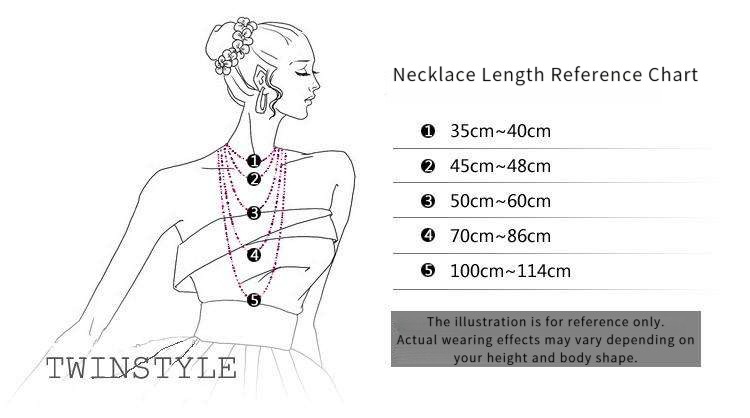
Pearl Necklace Length and Styling Tips
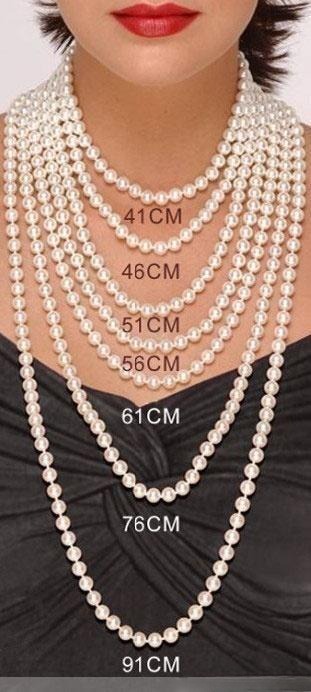
The length of a pearl necklace can dramatically change its overall appearance and the impression it gives.
A short strand of pearls offers a refined, classic feel, while a longer strand adds elegance and grace.
You can choose different lengths depending on:
- Neckline design – Match your necklace to the shape of your top or dress neckline.
- Outfit style – Casual outfits pair well with shorter or layered pieces, while evening wear suits longer strands.
- Occasion – Choose your necklace length according to the formality or vibe of the event.
👉 See the wearing guide on the right for how various pearl necklace lengths look when worn.
Related Articles for Necklace Pairing Inspiration
If you’d like to learn more about how to style and layer necklaces beautifully, explore these Peonyjewels blog articles:
- 1-Minute Guide: How to Match Necklines and Necklaces Perfectly
- Travel in Style – How to Accessorize with Jewelry for a Stunning Vacation Look
- How to Pair Jewelry with a Qipao – Timeless Elegance Inspired by Actress Maggie Cheung
Each article offers quick, practical styling ideas to help you express your personal taste through jewelry.
Earring and Diamond Size Guide: Choosing the Right Studs, Shapes, and Metal Finishes
Earring Size Matters – Women’s Jewelry Size Guide
Even a difference of just a few millimeters can completely change how a pair of earrings looks when worn.
This is especially true for pearl stud earrings—choosing the right size can transform your overall appearance.
If you often struggle to decide between sizes, take a look at the size comparison guide below for reference.
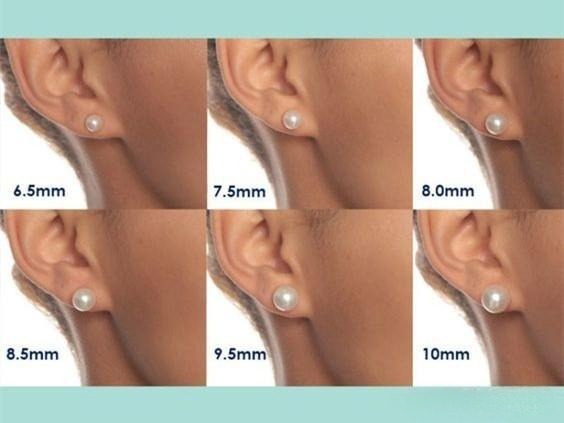
Diamond Size Comparison – Women’s Jewelry Size Guide for Custom Jewelry
When it comes to custom diamond jewelry, especially engagement rings or stud earrings, understanding the visible size difference between shapes is essential.
If you’re new to diamond customization and have no idea where to start, this visual guide will help.
(See images below for each diamond shape and size comparison.)
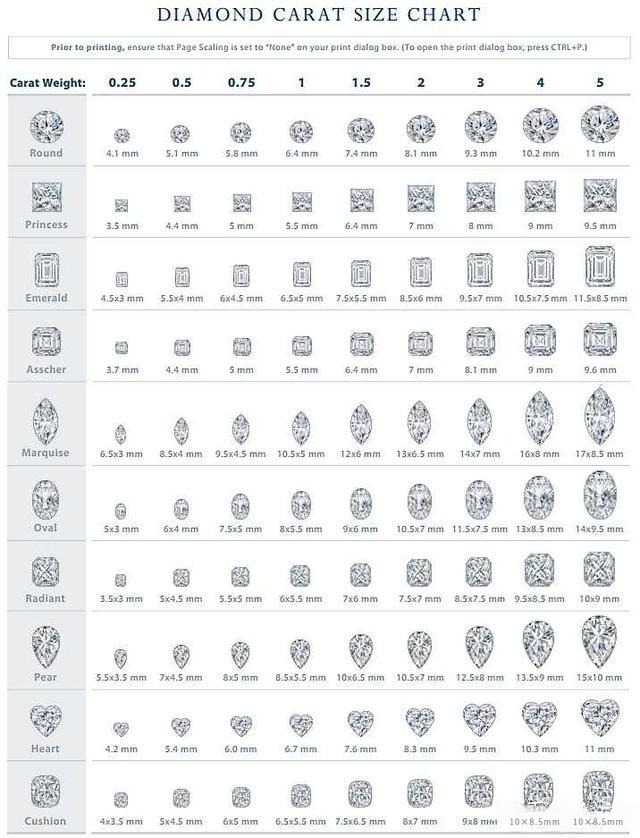
Comprehensive visual guide of different diamond cuts and sizes showing how they look when worn.
1.Round Cut Diamond Size Comparison
Different sizes of round-cut diamonds on hand – see how carat weight changes the visual impact.
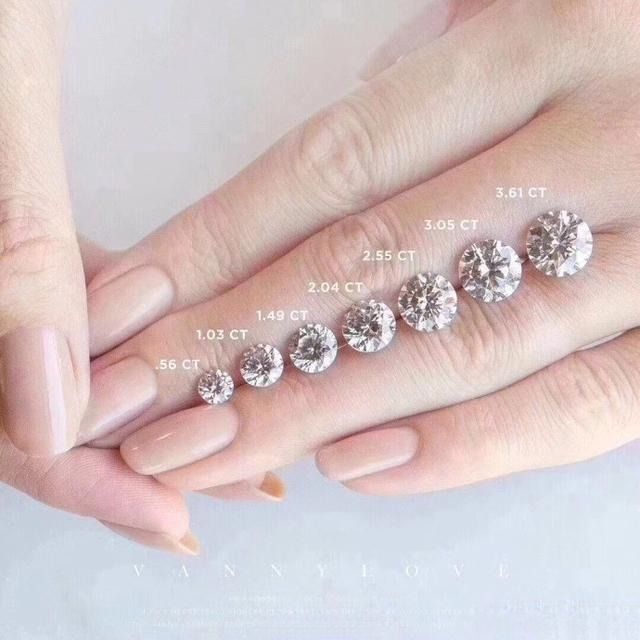
2. Princess Cut Diamond Size Comparison
Compare how different carat weights of princess-cut diamonds appear when worn.
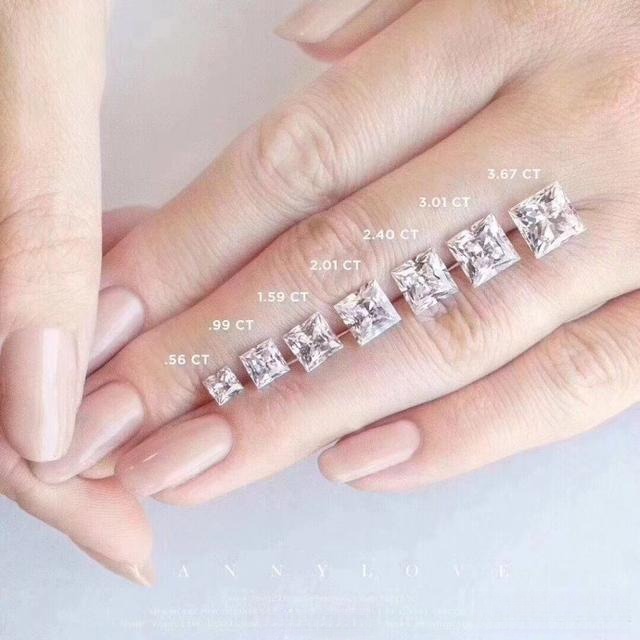
3. Marquise Cut Diamond Size Comparison
See the elongated brilliance of marquise-shaped diamonds and how each size enhances the finger’s length.
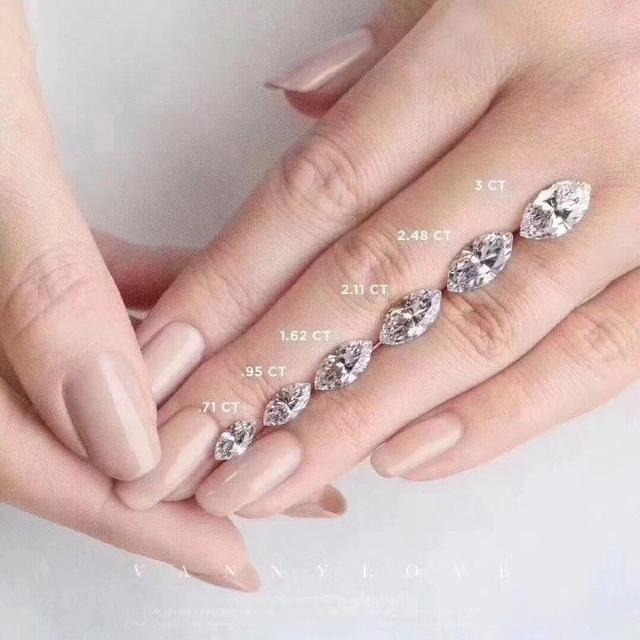
To learn more about marquise cut diamond rings, check out the Peonyjewels blog article: Marquise Cut Rings: History, Meaning, and Style Inspiration.
4. Cushion Cut Diamond Size Comparison
The soft corners of cushion-cut diamonds offer a romantic look — size can change its entire presence.
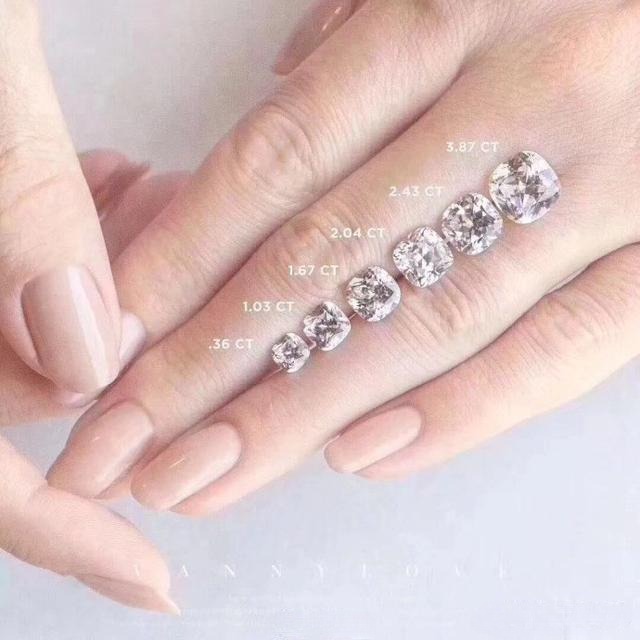
5. Radiant Cut Diamond Size Comparison
Radiant-cut diamonds combine the brilliance of round and emerald shapes. Check how each carat size appears when worn.
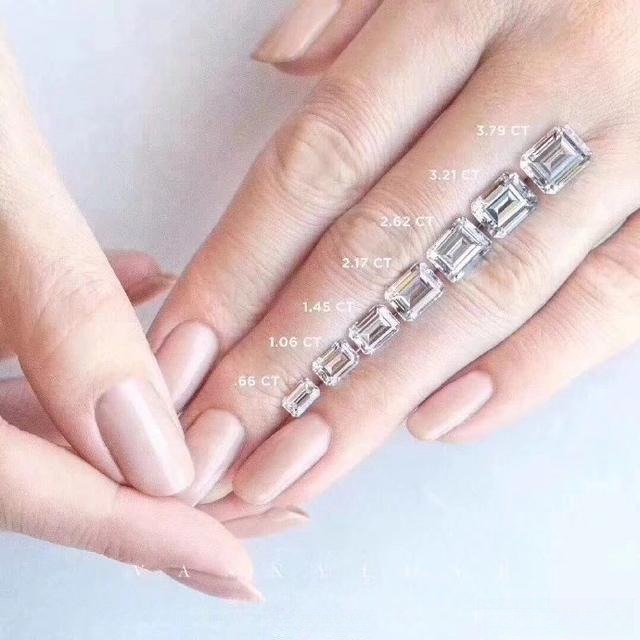
6. Pear-Shaped Diamond Size Comparison
Delicate and graceful, pear-cut diamonds vary widely in face-up size by carat — see the difference below.
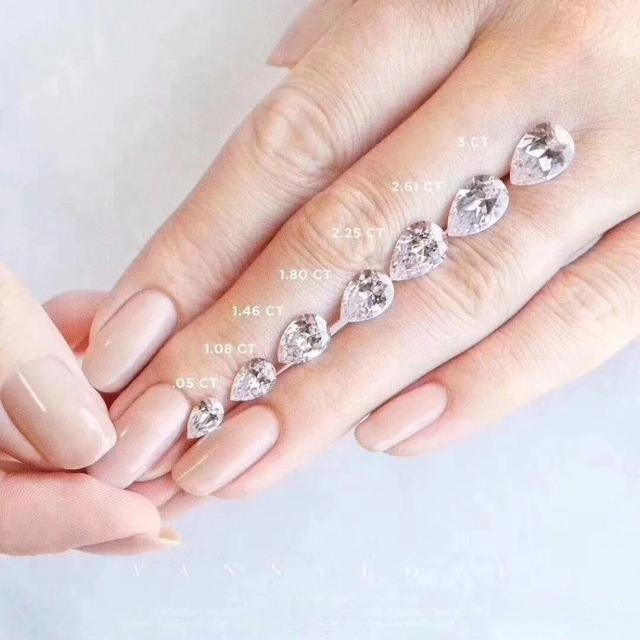
7. Oval Cut Diamond Size Comparison
Oval diamonds offer great finger coverage; see how different carat weights change the overall look.
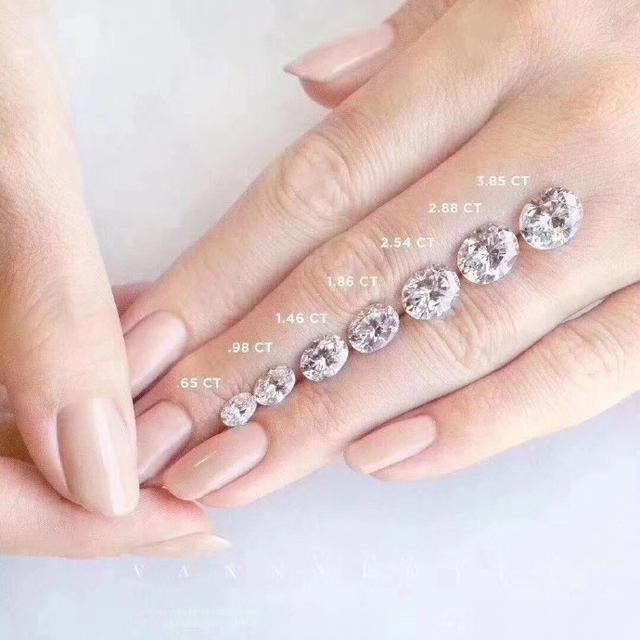
8. Asscher Cut Diamond Size Comparison
Elegant and geometric, Asscher-cut diamonds show brilliance differently — compare their apparent sizes below.
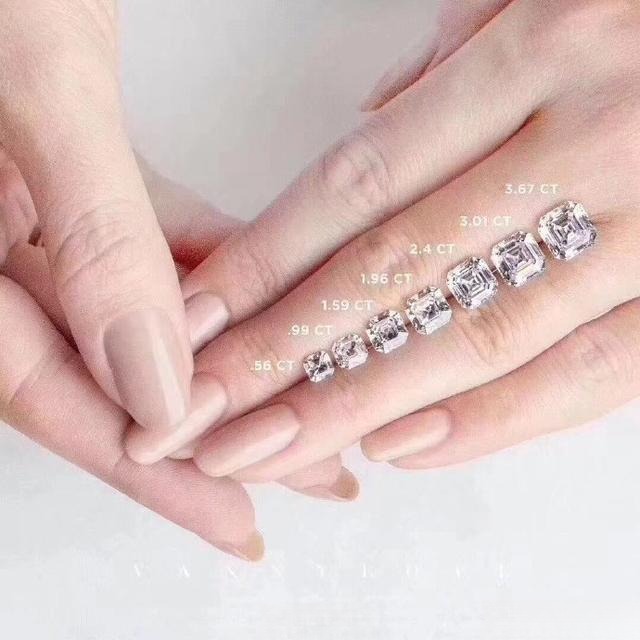
Diamond Color Grading Explained
Ever wondered what each diamond color grade actually looks like?
Here’s a complete diamond color chart that shows the difference from D (colorless) to Z (light yellow).
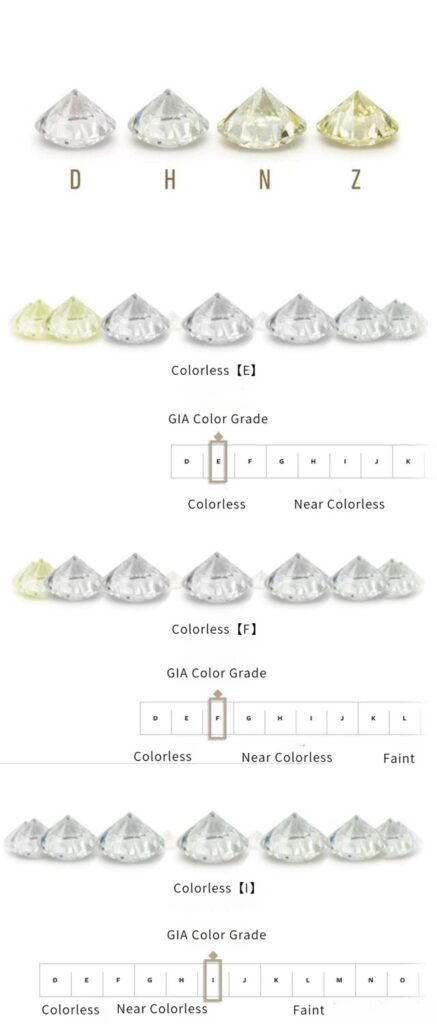
For more insights into diamond selection, read the Peonyjewels blog article: Are Brand-Name Diamonds Better? What are the 4Cs? Is Bigger Always Better?
💡 Mini Lesson:
Even if two diamonds have the same carat weight, their visible size can differ depending on the cut.
Fun fact: a square-shaped diamond can look about 15% larger than a round one of the same weight!
Know Your Metals Before Customizing Jewelry
When customizing fine jewelry, you’ll not only select the gemstone and setting design but also choose the metal type and finish.
Each metal brings its own texture, shine, and color tone — all of which affect the overall look of your piece.
Polished Metal Finish Comparison
(See image below for the mirror-like effect of different metal colors in polished finish — yellow gold, white gold, rose gold, and platinum.)
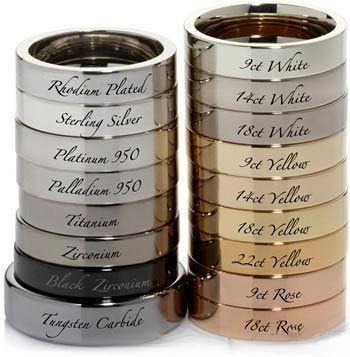
Matte Metal Finish Comparison
(See image below for the soft, satin appearance of matte-finished metals in various colors.)
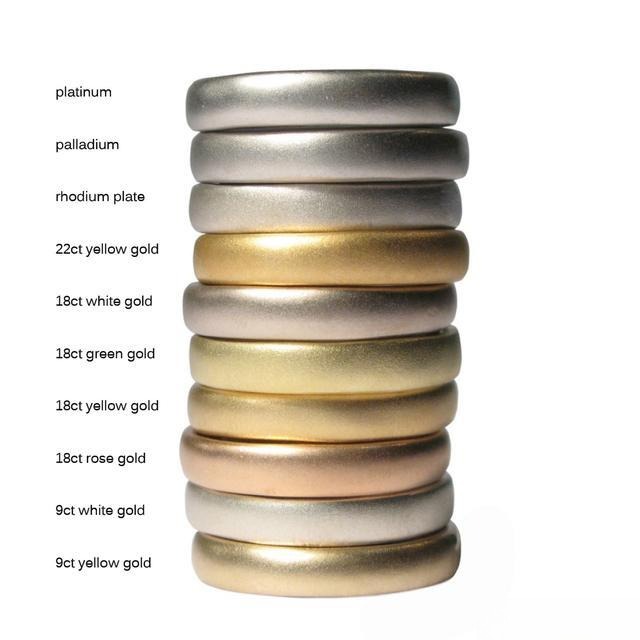
Textured Metal Crafting Techniques
(See image below for examples of hammered, brushed, and frosted metal textures used in jewelry customization.)
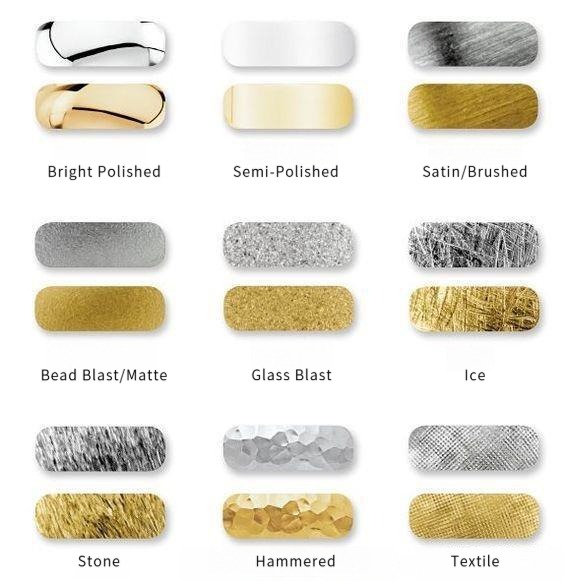
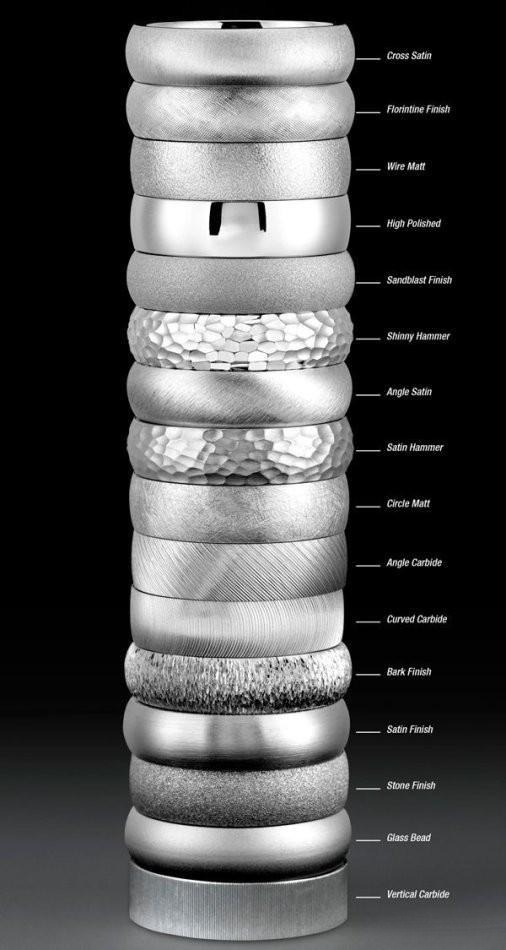
Want to dive deeper into the art of metal textures and how they enhance the beauty of fine jewelry?
Read Peonyjewels our blog article: The Simplest Setting Can Still Look Sophisticated: Unlocking Jewelry Metal Texturing Techniques for Minimalist Designs.
Find Your Perfect Fit with the Women’s Jewelry Size Guide
Use this Women’s Jewelry Size Guide to measure rings, bracelets, necklaces, and earrings at home with ease. Know your exact sizes and shop confidently.
Complete your look with Peonyjewels’ handmade vintage earrings—timeless pieces designed to suit every style and size.

